21-year-old from Nebraska seeks cure for devastating disease from WashU Medicine pediatric specialists at St. Louis Children’s Hospital



LONDON, Ont. – Dementia poses a major health challenge with no safe, affordable treatments to slow its progression.
Researchers at Lawson Research Institute (Lawson), the research arm of St. Joseph’s Health Care London, are investigating whether Ambroxol — a cough medicine used safely for decades in Europe — can slow dementia in people with Parkinson’s disease.
Published today in the prestigious JAMA Neurology, this 12-month clinical trial involving 55 participants with Parkinson’s disease dementia (PDD) monitored memory, psychiatric symptoms and GFAP, a blood marker linked to brain damage.
Parkinson’s disease dementia causes memory loss, confusion, hallucinations and mood changes. About half of those diagnosed with Parkinson’s develop dementia within 10 years, profoundly affecting patients, families and the health care system.


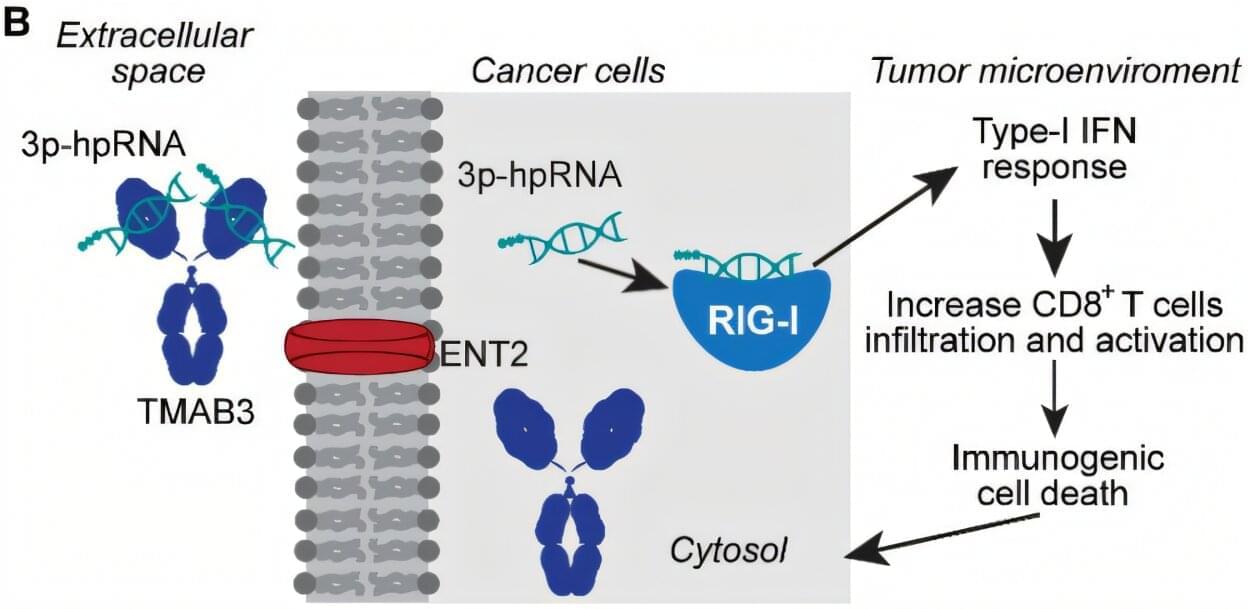
A specially engineered antibody that can accurately deliver RNA treatments into hard-to-reach and hard-to-treat tumors significantly improved survival and reduced tumor sizes in animal models, according to a study reported in Science Translational Medicine.
The study provides evidence that, once injected into the bloodstream, the antibody TMAB3, combined with a type of RNA that stimulates an innate immune reaction, can localize to tumors and penetrate and destroy stubborn diseased cells in pancreatic, brain, and skin cancers.
“Delivery of RNA-based therapies to tumors has been a challenge. Our finding that TMAB3 can form antibody/RNA complexes capable of delivering RNA payloads to tumors provides a new approach to overcome this challenge,” says Peter Glazer, senior author and Robert E. Hunter Professor of Therapeutic Radiology and Genetics at Yale School of Medicine (YSM).

Early-onset gastrointestinal cancers, typically defined as cancer diagnosed in individuals younger than 50 years, are among the largest subset of early-onset cancers globally.
This JAMA Review summarizes current evidence on early-onset gastrointestinal cancers.
This Review summarizes current evidence on colorectal, pancreatic, and esophagogastric cancers among individuals aged 18 to 49 years.
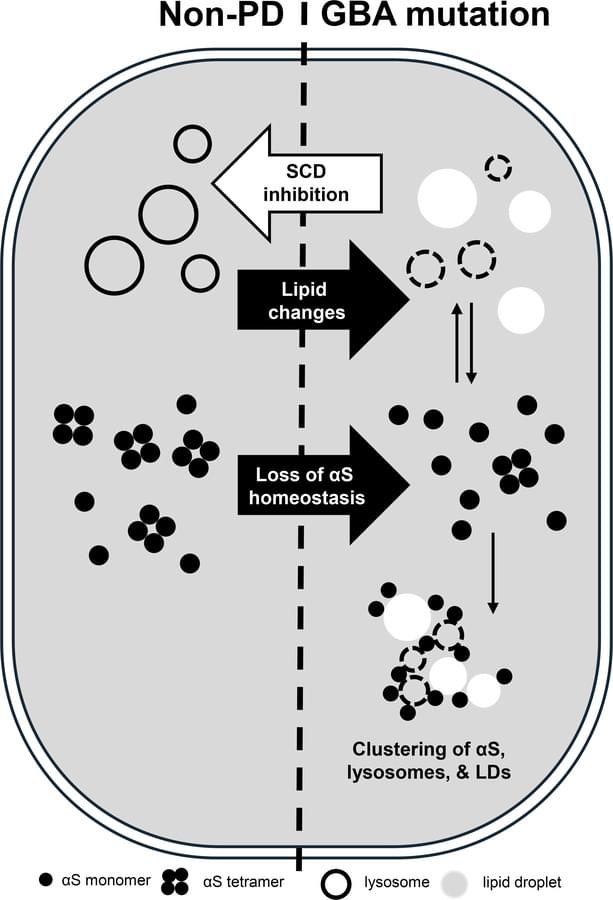
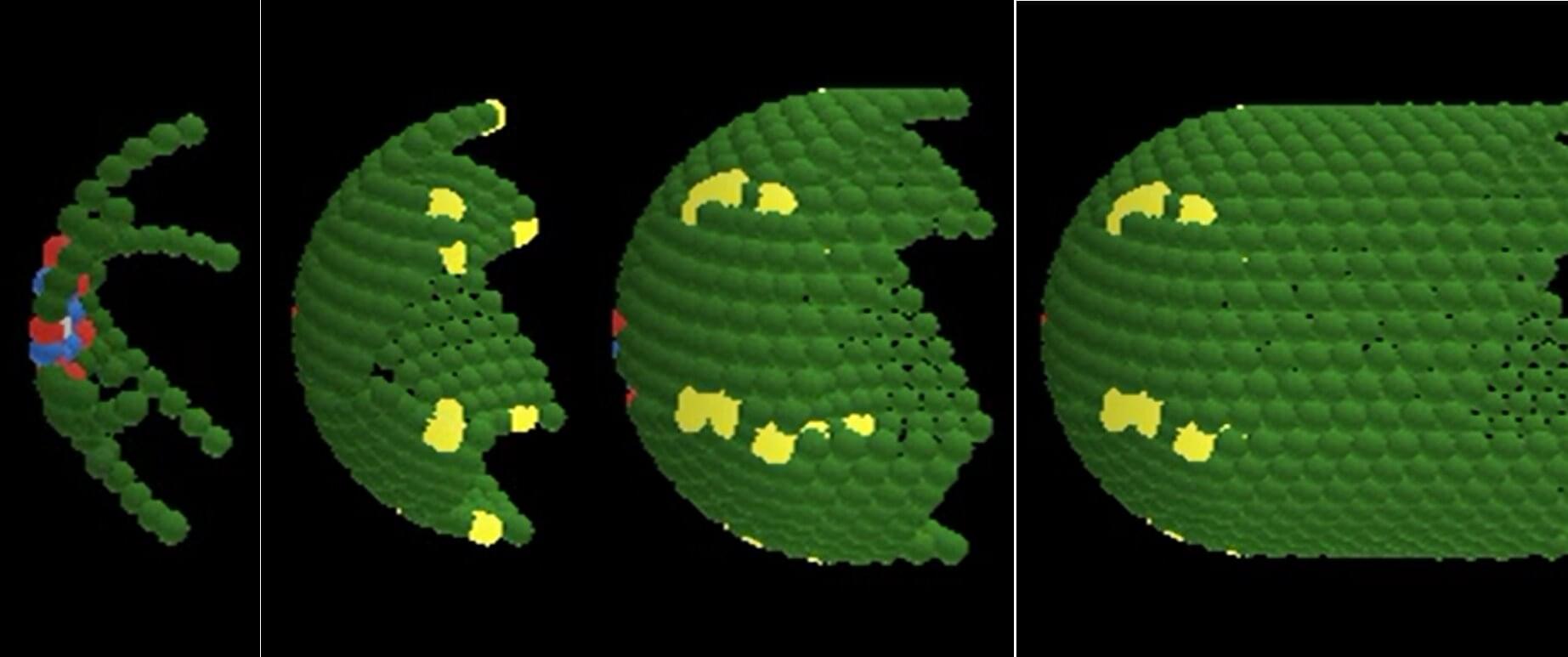
Every day, your body replaces billions of cells—and yet, your tissues stay perfectly organized. How is that possible?
A team of researchers at ChristianaCare’s Helen F. Graham Cancer Center & Research Institute and the University of Delaware believe they’ve found an answer.
In a study published in Biology of the Cell, they show that just five basic rules may explain how the body maintains the complex structure of tissues like those in the colon, for example, even as its cells are constantly dying and being replaced.
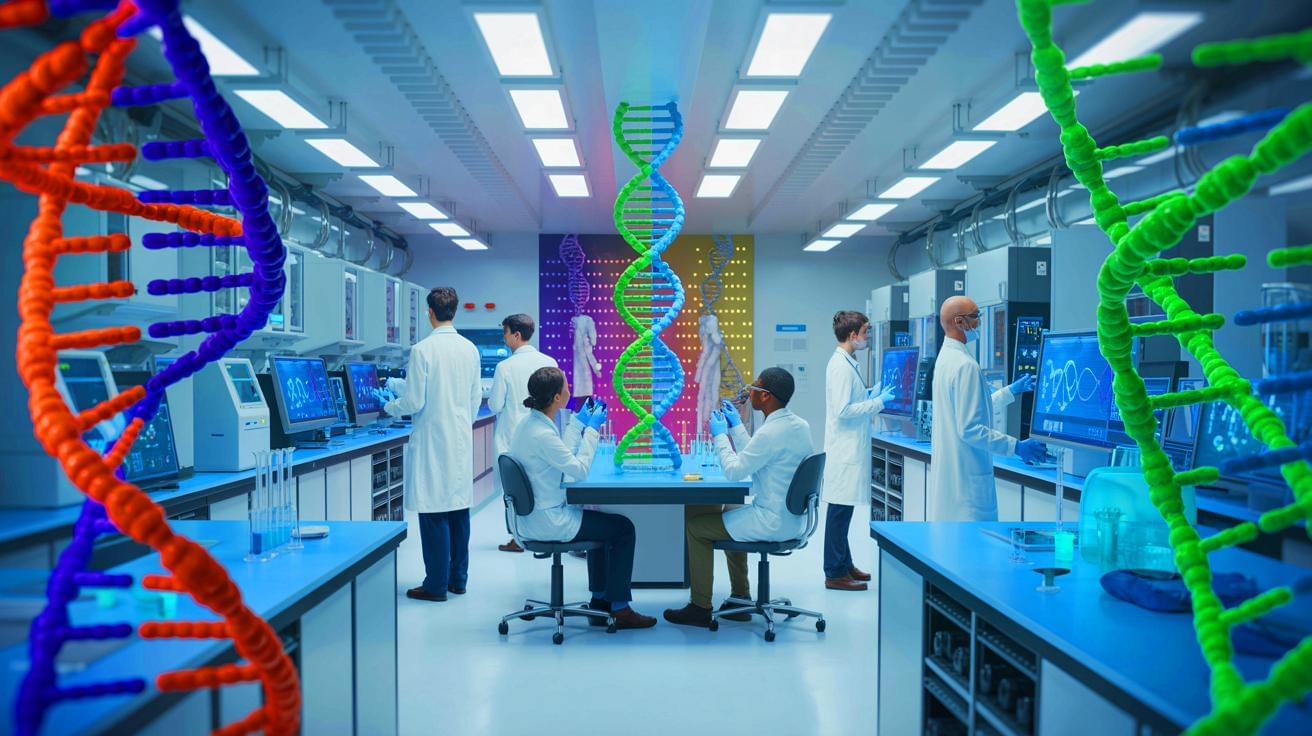
IN A NUTSHELL 🌐 The SynHG project aims to synthesize a complete human genome, opening new horizons in biotechnology. ⚖️ Ethical considerations are central to the project, with a focus on responsible innovation and diverse cultural perspectives. 🧬 Initial steps involve creating a fully synthetic human chromosome, leveraging advances in synthetic biology and DNA chemistry.
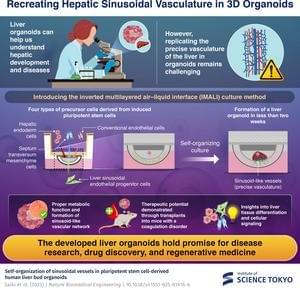
Liver organoids with proper blood vessel networks have been successfully produced, as reported by researchers from Institute of Science Tokyo and Cincinnati Children’s Hospital Medical Center. This advancement addresses a major challenge in replicating the liver’s complex vasculature in lab-grown tissues. Using a novel 3D culture system, the researchers achieved the self-organization of four distinct precursor cell types into functional organoids, capable of producing essential clotting factors in a haemophilia A mouse model.
Over the past decade, organoids have become a major focus in biomedical research. These simplified, lab-grown organs can mimic important aspects of human biology, serving as an accessible and powerful tool to study diseases and test drugs. However, replicating the intricate arrangements and networks of blood vessels found in real organs remains a major hurdle. This is especially true for the liver, whose metabolic and detoxification functions rely on its highly specialized vasculature.
Because of such limitations, scientists haven’t fully tapped into the potential of liver organoids for studying and treating liver diseases. For example, in hemophilia A, a condition where the body cannot produce enough of a critical clotting factor, current treatments often involve expensive and frequent injections. An ideal long-term solution would restore the body’s ability to produce its own clotting factors, which could, in theory, be achieved using liver organoids with fully functional blood vessel structures called sinusoids.